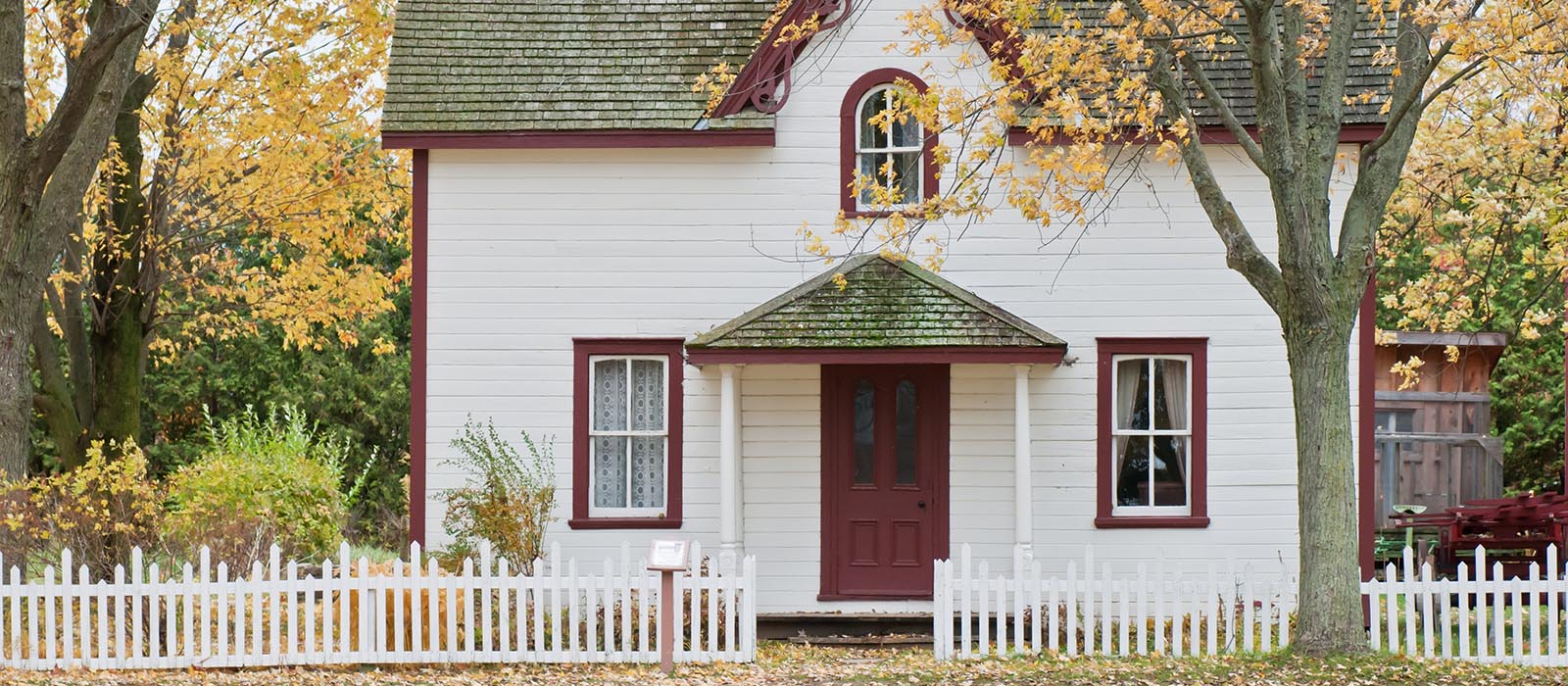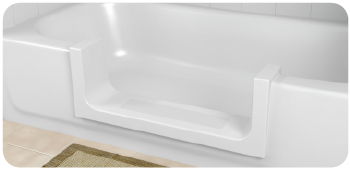Many people with disabilities and the elderly will require modifying their home due to wheelchairs or other mobility devices being needed. Installing a wheelchair ramp is often the easiest solution for access. We install several wheelchair ramps each year. There are a few things that you must consider. You may choose to make is a family project, or hire a professional to install one for you. Regardless, here are a few points you must take into account:
The Right Wheelchair Ramp for You
Building a wheelchair ramp is not a decision to be taken lightly. There are many factors that will go into each of your choices along the way. Here are some questions to consider when finding the right wheelchair ramp for you and your home.
What type of mobility device are you using now?
Will this device change over time? If you are using a cane or walker today, you may need to consider a wheelchair in the future.
Which entrance is the most used?
Is it the most accessible space?
What are the local zoning requirements?
Does the homeowner’s association have a requirement?
Are there permits required in your town?
What material do you want the ramp made of?
Wood, steel, aluminum, composite materials?
How permanent do you want the ramp to be?
How much time do you (or your family) have to invest in construction?
Would you be better off with a contractor or wheelchair ramp installer?What is your budget?
Will your insurance cover any of the cost?
Design of the Ramp
The design of a wheelchair ramp is going to depend on your needs, the layout of your home and yard and the height of the ramp. ADA requires a foot of ramp for every inch of height for all permanent and semipermanent ramps. If you are able to remove the ramp each time it is used, a slop of 6 inches for every inch of height may be used.
The Width of the Ramp The ramp must be 36 inches wide between handrails. This is to enable room for all wheelchairs, including power wheelchairs.
Wheelchair Ramp Platforms
Platforms are required at every 30 feet. We usually put one at the start of the ramp by the doorway as it is wider for opening and closing. A platform must be 4 ft x 4 ft for straight aways or right hand turns, and must be 4 ft x 6 ft for 180 degree turns. This allows for users to take a rest and break before continuing along the ramp. The measurements of the platform are not considered in the total slope of the ramp. Benefits of platforms include: Navigate around any obstacles present in the yard such as trees. Place the bottom of the ramp strategically on the sidewalk or driveway. Fit a ramp into a small space using a tight switch back.
ADA Ramp Guidelines
The Americans with Disabilities Act (ADA) has a distinct set of guidelines that everyone who is building a wheelchair ramp must adhere to The ramp should not exceed a 1:12 ratio. This means that for every 1-inch of rise, the ramp should be at least 12-inches long. Any ramp that is longer than 6 inches should have handrails on both sides. They should allow for 36 inches of ramp space between the rails. Ramps that are longer than 30 feet require a platform to break up the sections. There should be at least a 2-inch flange running along the bottom sides of a ramp to prevent slipping off of the edge. Non-skid surfaces should be used and the ramp designed to prevent water accumulation.
Building Materials for the Ramp
Wheelchair ramps can be constructed from either metal or wood. Each material has its own advantages and disadvantages.No matter the material, a ramp should be sturdy and firmly secured to the ground. They should also have a slip-resistant surface.
Wood Wheelchair Ramps
Many homeowners find wood to be more appealing and prefer to build their ramp with that. Decorative touches such as spindles can be added and the deck can be stained or painted to match the home. Wood ramps also tend to be more of a permanent fixture for the home. If carefully constructed with the right materials, they can last for years and add to the home’s value because it is accessible. The decking surface on a wooden ramp is crucial to ensuring a non-slip surface. Without a good wood, the ramp can quickly become slick in wet weather and be dangerous even for those without disabilities. There are a number of companies who produce ADA-compliant composite materials that are designed to increase traction. Trex Accents® is a good example. Do note, that if you decide to build a wooden ramp, a construction permit is required with proper building codes additionally necessary prior to operation.
Metal Wheelchair Ramps
Often produced with aluminum, the primary advantage to a metal wheelchair ramp is the ease of installation. These can be simple ramps for small inclines that install in an hour and easily transported should you move to a new home. Metal ramps can also be complex, custom designs with landing platforms like by EZ Access, National, or AMRAMP. Many homeowners do not like the curb appeal of a metal ramp. However, there are some that do look very nice and have a non-medical aesthetic. Advantages to this ramp are that they install quickly, do not require building permits, and are easily removed when no longer necessary. Remember, whenever possible, hire a professional. The liability of improperly constructing a ramp is often not worth the risk. We install several ramps per year and will gladly help fit the proper product to your needs.





